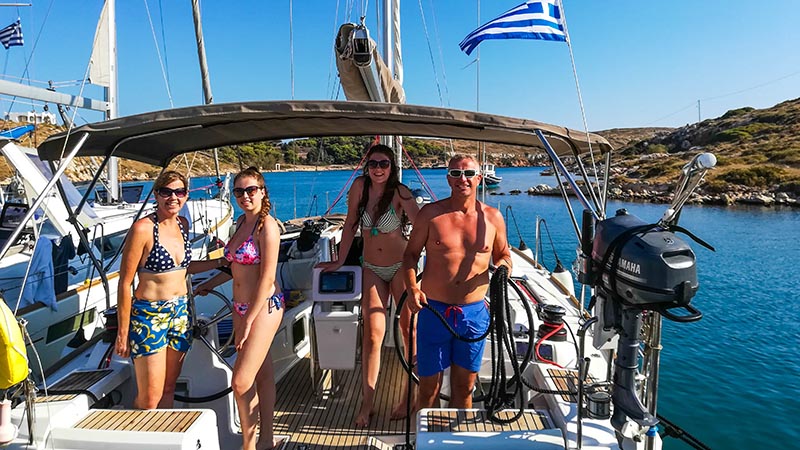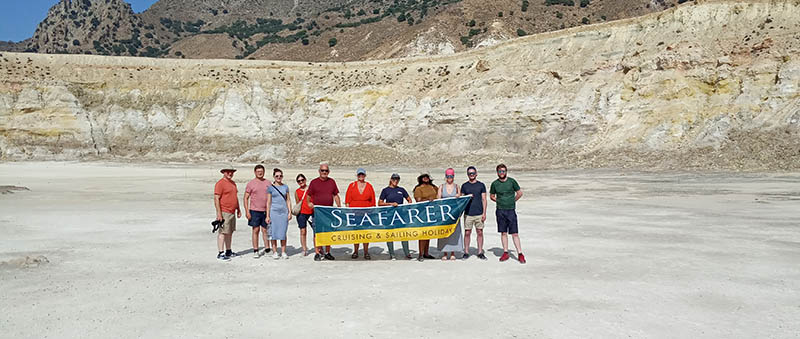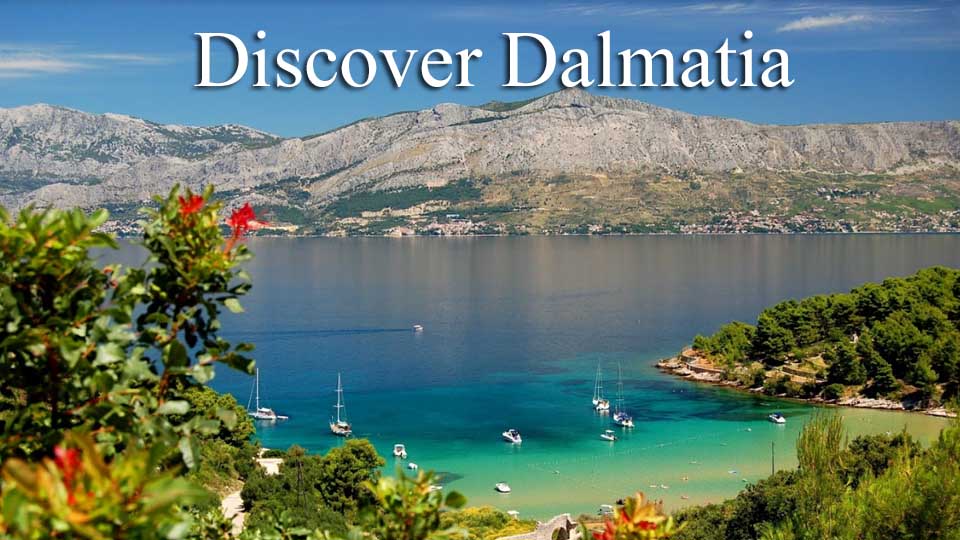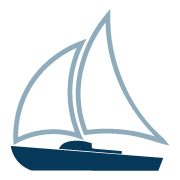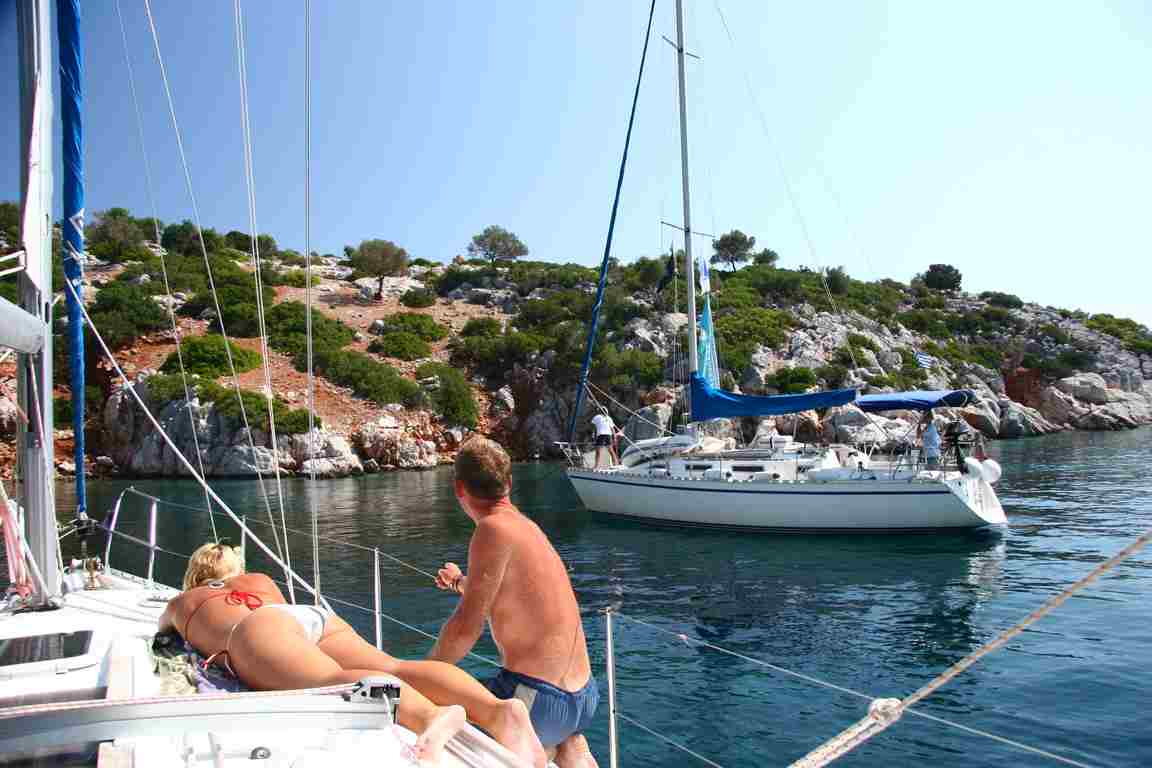Spotlight on the Dodecanese Flotilla
Fantastic Sailing where East Meets West
The Dodecanese Islands sit in the south east of the Aegean, just off the coast of South West Turkey. Due to their position, they have a fascinating history & culture with many interesting & beautiful places to visit. They are of course home to our Dodecanese Flotilla which sails from Kos Town on the island of the same name. In this blog we will look into more details about both the islands we visit and the history & culture of the area as a whole.
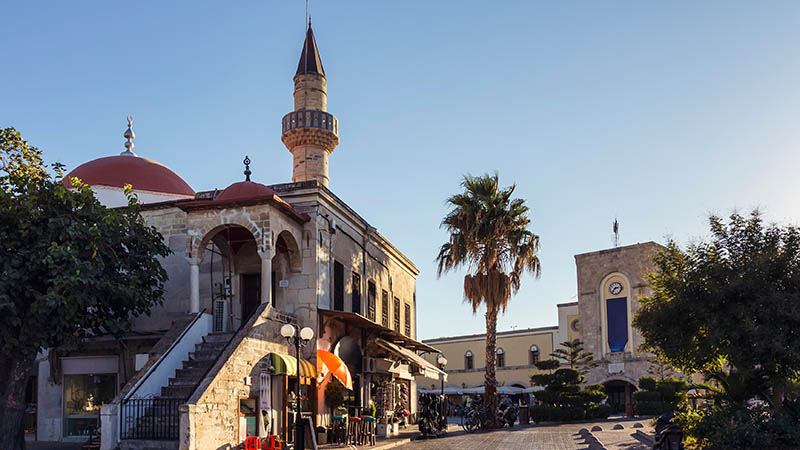
Kos
Kos, home base for our flotilla, is the 3rd largest island in the Dodecanese and is long and narrow with the capital, also called Kos on the North Eastern end. The island is mountainous with many fine beaches and other natural phenomena such as hot springs. Kos town is a busy hub with whitewashed buildings and the remains of layers of history such as the Asklepieion ruins, the Hospitalier castle, Ottoman mosques and bathhouses, and stately Italian buildings. Our base is in the modern marina which is a 15 minute walk from the centre.
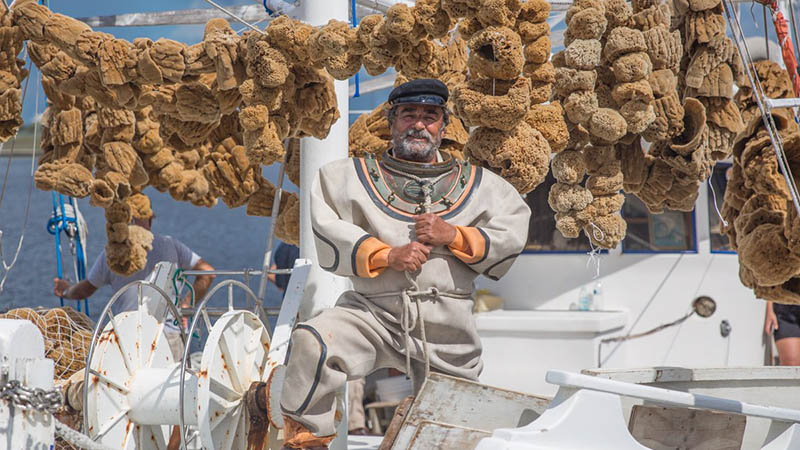
The North Route
Kalymnos
The mountainous island of Kalymnos sits to the north of Kos and is best known for its sponge diving. This has been a common occupation on the island for much of its history and many stories have been told about the courage of those who dive to great depths to retrieve these natural sea sponges. The capital of the island is the town of Pothia which is located on a bay in the south of the island and in classic Dodecanese style has a Hospitalier castle overlooking the town along with museums related to sponge fishing and the naval history of the island.
Lipsi (Leipsoi)
Lipsi is a small group of islets around a larger main island all of stunning natural beauty with its craggy coastline occasionally interrupted with beautiful beaches. Lipsi is home to a larger marine conservation organisation studying the fascinating wildlife of the surrounding seas.
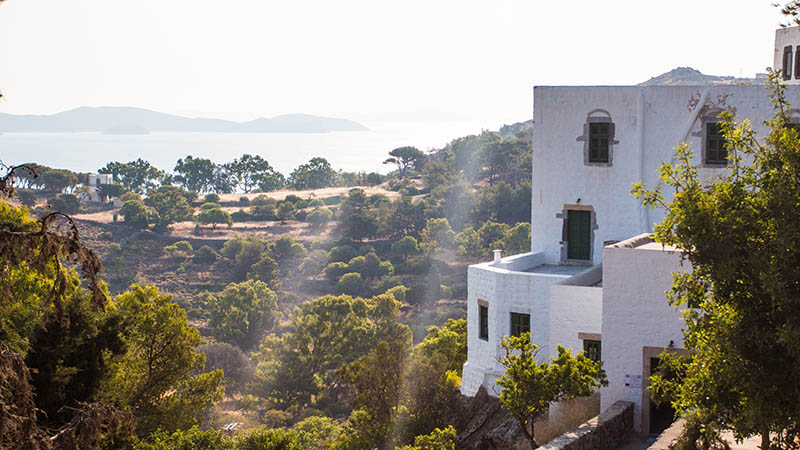
Patmos
The island of Patmos is most known as the location where St John wrote the book of revelation, the final part of the New Testament. The caves where he received visions are accessible to visitors and just above this is the fortresslike monastery of St John the Theologian, a must see place for visitors. There is a small blue & white village around the monastery with the main port & capital of the island at the bottom of the hill in a protected bay.
Leros
Leros sits to the south of both Patmos & Lipsi with the main village being Agia Marina on the east side. An impressive castle with amazing views sits over both the capital and the stunning Pantelli bay (our normal flotilla stop), a traditional small Greek village surrounding a beautiful bay with deserted windmills at the top of the village. For the divers amongst you, Leros is noted for its numerous wrecks, ships, and aircraft from the 1943 battle for Leros. We can organise a wreck dive with our excellent local scuba diving partner.
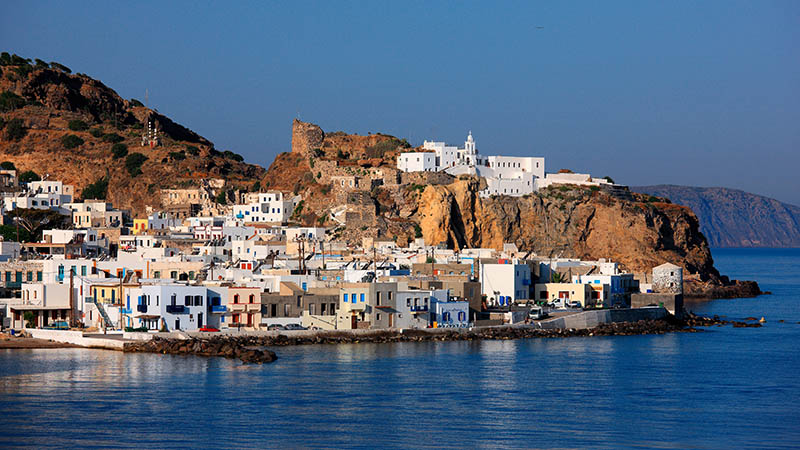
The South Route
Nysiros
The volcanic island of Nisyros is just South of the town of Kardamena (a flotilla stop) in Kos. The volcano that dominates the island is active (but not erupting) and has a number of large craters that are popular places to visit. The capital of Mandraki is a fantastic destination in itself with blue and white houses bordering a maze of tiny streets with wonderful surprises around every corner. Overlooking the village is the monastery, home of an important celebration in August where people with origins on Nisyros come back and fill the village with dancing and merriment.
Tilos
To the southeast of Kos & Nysiros is the small island of Tilos, far off the beaten track with fascinating geography & history. Various castles sit above the small villages and harbours having protected them from pirates since the dark ages. In 2018 Tilos was the first island in the Mediterranean to be powered entirely by wind and solar power.
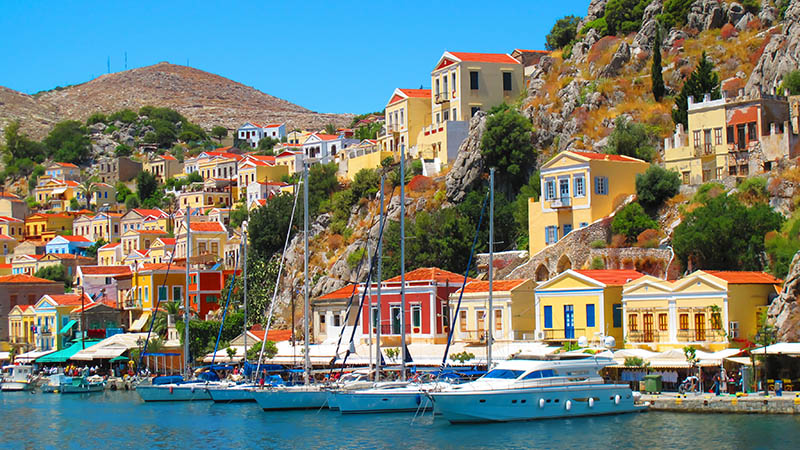
Symi
The colourful capital of this island (also called Symi) characterises this mountainous place just to the south of Turkeys Bozburun peninsula. Symi is known for its colourful Italian style houses terraced up from a beautiful bay, the renovation of which has won a number of international architecture awards. The island also boasts many isolated coves and 2 castles built by the Hospitallers. We suggest taking the 500-step meandering walk to the top where you will get a spectacular view of the island and the harbour and heading to the chapel of The Virgin Mary of the Castle, the highest point with the best views.
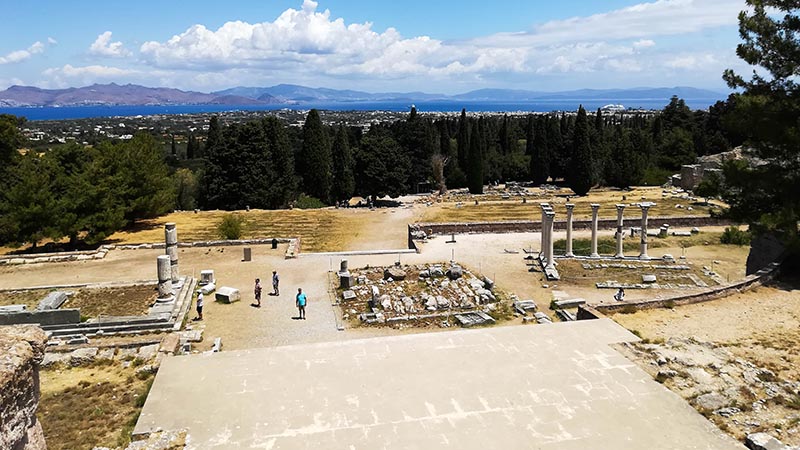
A Brief History of the Area
The Dodecanese started to emerge as a major power during ancient times and following the Greek defeat of the Persians in 478BC they flourished as a loose member of the Athenian Delian league with Rhodes being the main capital of the region. During this period, Kos emerged as an important economic and cultural centre with Hippocrates founding the first modern school of Medicine on the island. With the emergence of Macedonia, the islands were first conquered by Alexander the Great and then after his death became independent and allied with Ptolemaic Egypt to become a major eastern Mediterranean power, sitting on a number of important trade routes. To celebrate this power the Colossus of Rhodes was built which at the time was one of the wonders of the ancient world.
Rome took over the area in the 2nd & 1st centuries BC and in the 1st century AD the islands were visited by Saint Paul & St John who converted them to Christianity, one of the earliest areas to do so. With the split of the Roman empire in 395 AD the islands became part of the Byzantine empire where they stayed for hundreds of years, the most notable landmarks from this period are the numerous churches on all the islands. The waning power of the Byzantines meant the Italian city-states of Genoa & Venice started to take power mainly for trading opportunities. Certain islands were rented and sold to the Knights of St John (Knights Hospitaller) who built many castles, the biggest of which is the Palace of the Grand Master on Rhodes. Despite the impressive nature of these fortresses they finally fell to the Ottoman empire in 1522, marking the end of the medieval period in the Dodecanese.
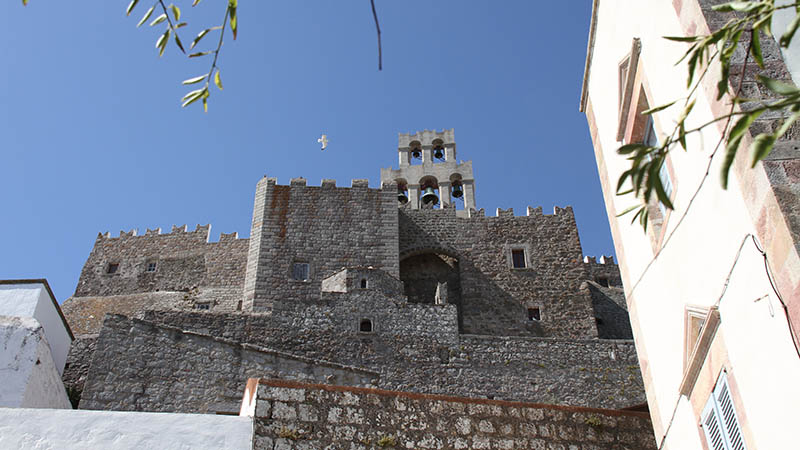
For the next 500 years, the Dodecanese enjoyed special status as part of the Ottoman empire and prospered due to its location on the crossroad of Mediterranean shipping. Many islanders joined the Greek War of Independence in the early 19th century but following the London Protocol of 1830, they stayed part of the Ottoman empire until the Turkish-Italian & First World Wars where they were annexed by the Italians. Much of the architecture comes from this period along with schools, aqueducts, and hospitals which were part of Mussolini’s plan to form a wider Aegean empire. With Italy’s fall in the second world war, the islands were briefly ruled by the British before being formally reunited with Greece in 1947. Since then the islands have become a core part of Greece and certain areas have become important tourist destinations.
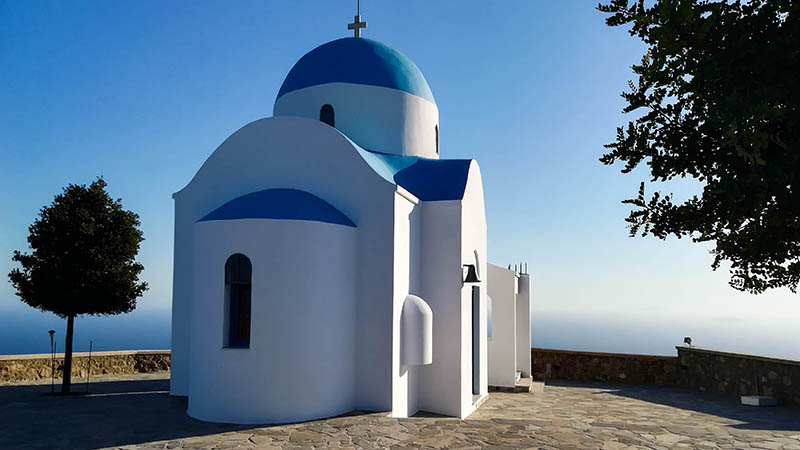
Architecture
The buildings of the Dodecanese mirror the layers of history of these islands. Although maybe not as numerous as the area around Athens & the Peloponnese there are many ancient sites, especially on Kos & Rhodes. Moving forward in time the Byzantine era has been characterised by its many churches & monasteries, some with wonderful settings such as the Agios Isidoros church on Leros. For fans of the middle ages, most islands have at least one massive Hospitaler fortress which must have been a much nicer place for knights to spend time than the cold and grey castles of Northern Europe.
The most recent architectural additions have been Italian with islands such as Symi boasting a stunning array of colourful houses and Kos & Rhodes having larger civic buildings. Arguably the most wonderful layer is what we might think of as the ‘Greek Island’ style of blue and white houses and tiny streets interspersed with smaller churches of the same colours. Most smaller villages have a certain amount of this but the best examples must be Mandraki on Nysiros and Lindos on Rhodes.
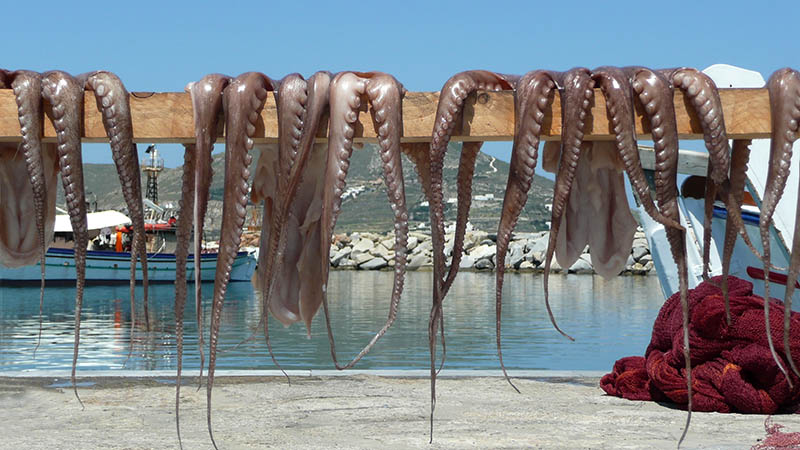
Food & Drink
The food of the Dodecanese varies island by island but generally follows the trend of the small rocky seabound nature of these places. Seafood is, of course, a big part of the local cuisine with examples being ouzo dipped grilled Octopus, fried Symi shrimps, and grilled fish such as rozeti (a relative of the red mullet) which is held in very high esteem on Kos. Dried fish and shellfish are also an important part of the diet on Kalymnos, derived from sponge fishing days.
Moving away from the sea there are quite a number of recipes with locally made pasta that can change island by island but one ever-popular dish is made with caramelised onions. Various cheeses are popular with the most famous local one being from Kos. Chickpeas are also popular and there is a great chickpea soup along with fried chickpea patties. These are of course the foods from these set of islands but you will also find plenty of more common Greek dishes.
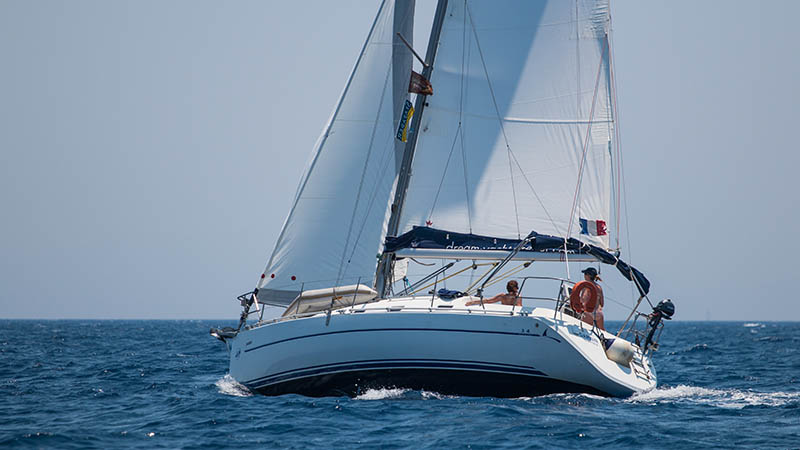
Sailing Conditions
Sailing conditions tend to be windiest from mid-June to mid-September when the hot weather prompts strong force 5 to 6 Meltemi winds from the north or northwest. Generally, the winds will pick up as the day progresses but much less so than other parts of Greece and you will often find a stiff breeze even first thing in the morning (depending on location).
Outside these times winds tend to be lighter and more varied in direction although you can get storms from the south at times. With larger gaps between islands and less protection, you can get a mild sea state although this is quite small compared to the amount of wind. We rank this flotilla a Level 3.
Sail & Stay
If you would like to combine your flotilla holiday with a week ashore one option is Kefalos Beach Club, a windsurfing mecca in the southwest of the island. This club combines flexible accommodation options with top-class windsurf equipment along with paddlesports and limited dinghy sailing.
Although many of these islands can be fascinating to visit, the most interesting for a land based holiday would probably be Rhodes, the capital and biggest island, with many sites to visit and easy access.
Getting there & away
For UK guests there are direct flights to Kos from London, Manchester, Belfast, Birmingham, Bristol, Cardiff, Glasgow, and Nottingham. There are also numerous direct flights from mainland European cities. Kos airport is 30 minutes from the base with a number of transport options available.
For those looking to include the flotilla in a wider Aegean adventure, there are direct local ferries from Kos town to all the other nearby islands including Rhodes and Samos, along with overnight ferries to Athens and the Cyclades islands. Additionally, Bodrum in Turkey is just 6 miles away with daily ferry connections for a one-day visit or longer stay.
These islands are home to our Dodecanese Flotilla which runs from mid May to the end of October. Click on the link below for more information.
